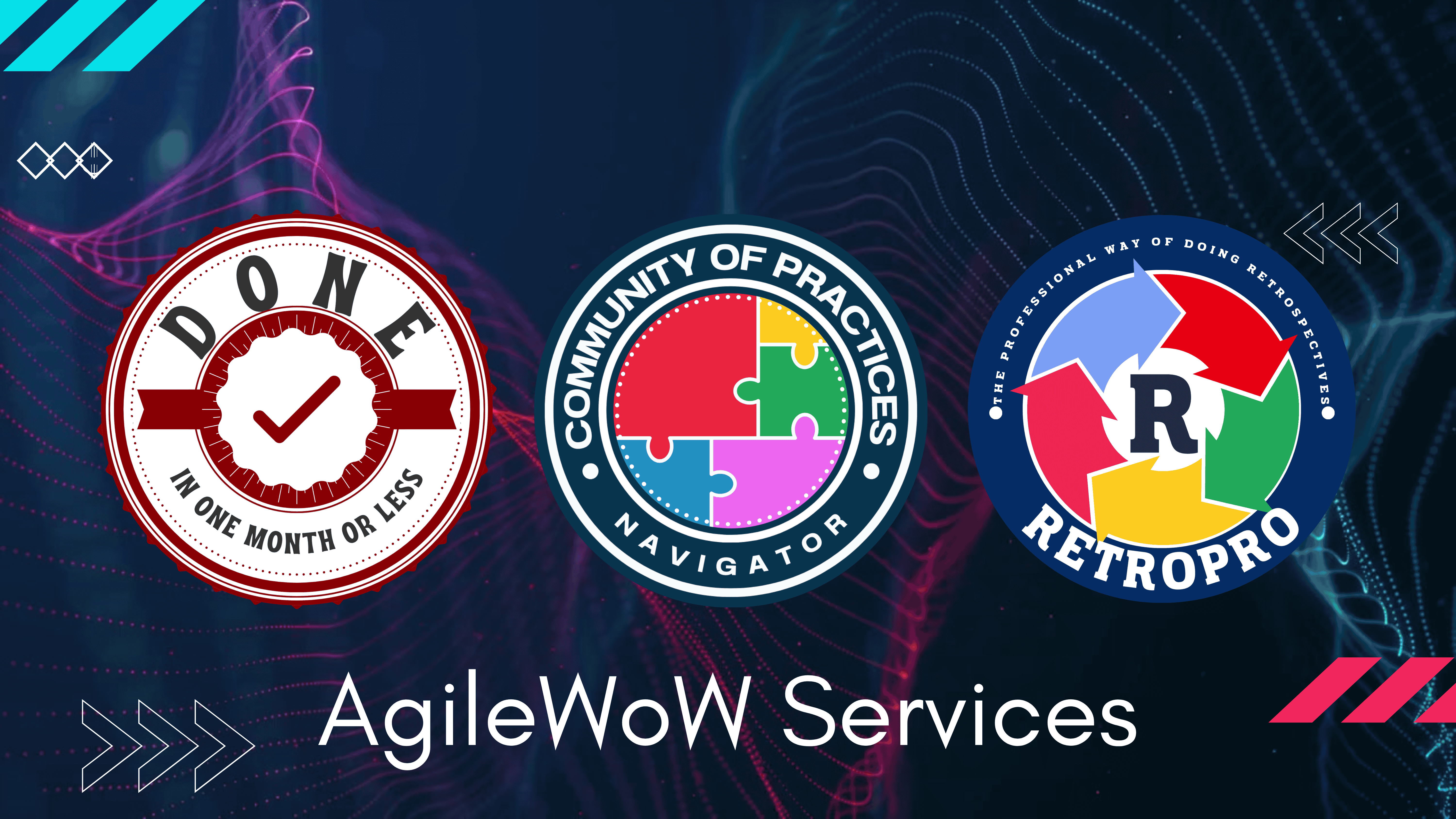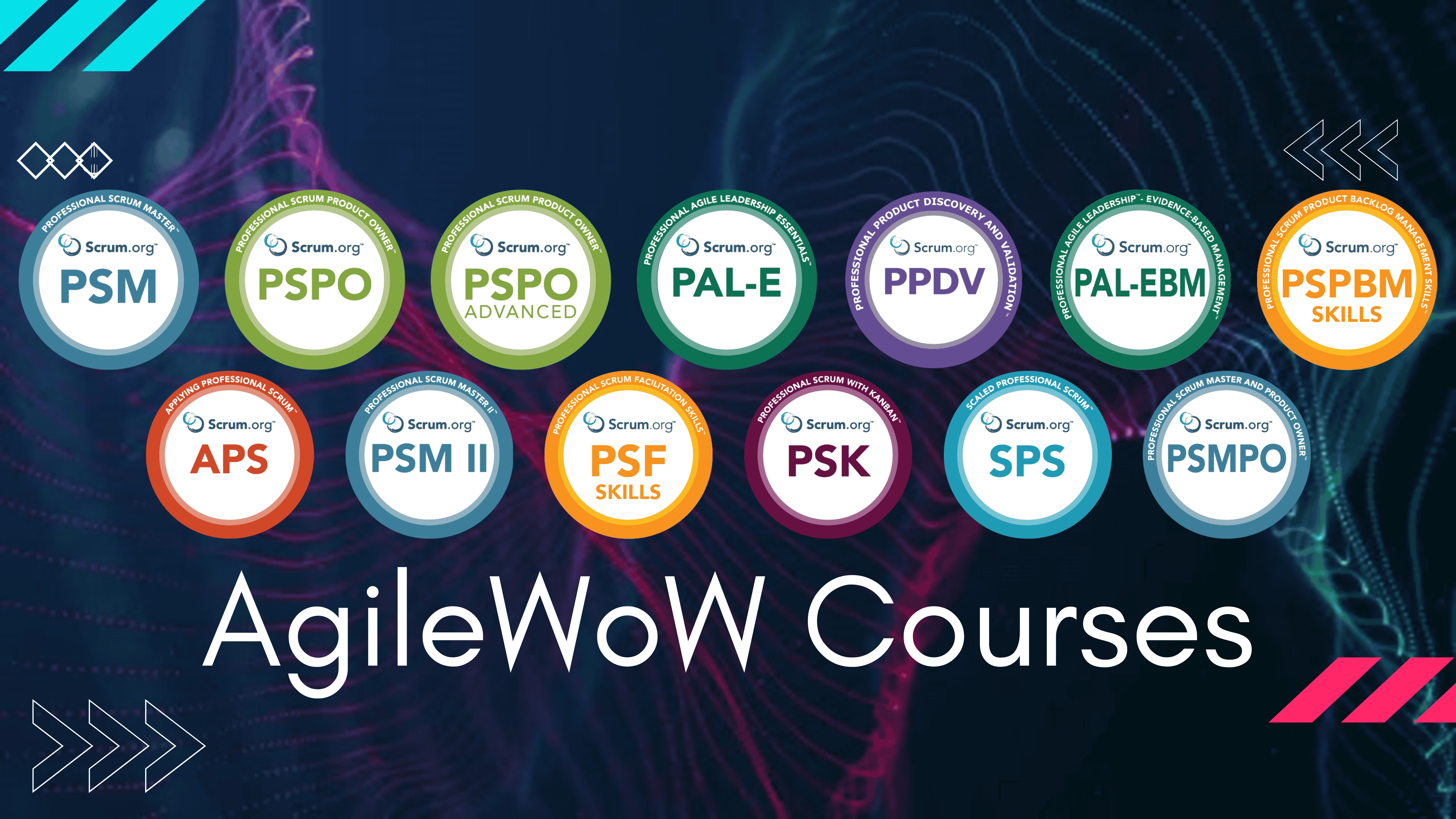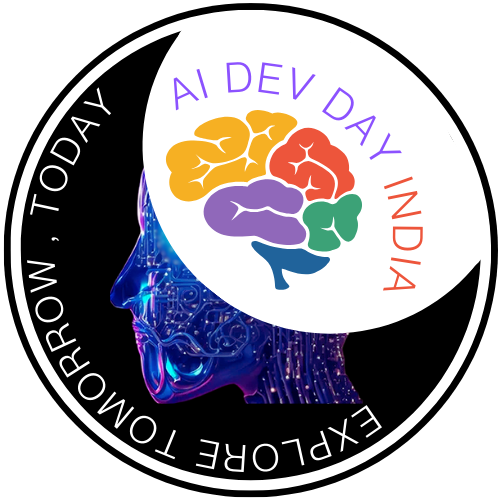Google's Veo 3.1 - The Next Chapter in AI Filmmaking is Here
The world of AI video generation is evolving at a breakneck pace. For a long time, the output has been impressive but limited—short, silent clips generated from a text prompt, offering little in the way of creative control. These tools were fascinating novelties for creating visual assets, but they were far from being a complete solution for storytellers. The process often involved stitching together disconnected clips and spending hours in post-production on sound design, editing, and effects.
Enter **Google's Veo 3.1**. This isn't just another incremental update; it's a significant leap that begins to redefine the creative process itself. Veo 3.1 moves beyond simple generation to offer a suite of sophisticated controls that address the core limitations of its predecessors. It's an engine designed not just to create clips, but to construct scenes, complete with sound, consistent visuals, and directorial precision.
This article reveals the five most impactful and perhaps counter-intuitive capabilities of Veo 3.1 that are empowering creators to move beyond prompting and become true **"AI Movie Directors."** We'll explore how these features provide unprecedented control over audio, visuals, scene length, and editing, turning the AI into a collaborative partner in the filmmaking process.
1. It's a Sound Designer, Not Just a Video Maker
One of the most profound shifts in Veo 3.1 is that it natively generates a complete audiovisual output in a single process. Unlike earlier models that produced silent clips requiring extensive post-production, Veo 3.1 synthesizes video with a fully integrated soundtrack based on the context of the prompt. This isn't just a tacked-on feature; it's a core capability that understands and renders a wide range of audio elements.
The scope of this audio generation is comprehensive. It includes synchronized dialogue with accurate lip-syncing, voice tones that are emotionally matched to the scene's content, authentic sound effects, ambient environmental noise, and even fitting musical accompaniments. According to the Gemini API documentation, creators can direct this audio with specific cues. For example, dialogue can be prompted by placing it in quotes (e.g., "This must be it. That's the secret code."), and sound effects can be described directly in the prompt (e.g., tires screeching loudly).
This leap from silent visuals to complete audiovisual outputs fundamentally changes the nature of AI video generation. It moves Veo 3 from being a tool for visual asset creation to a potential end-to-end solution for short-form narrative content, significantly reducing the reliance on external audio post-production and specialized sound design skills.
2. You Direct with img, Not Just Words
Veo 3.1 fundamentally expands creative control by moving beyond text-only prompts and embracing image-based direction. This allows creators to guide the AI with a level of visual specificity that was previously impossible, turning it from a random generator into a compositional tool. Two primary features enable this new level of directorial input, working together to grant unprecedented control over both the 'what' and the 'how' of a scene.
First is Ingredients to Video, which ensures subject consistency by allowing a user to provide up to three reference img - a person, an object, or even an aesthetic style. Veo 3.1 uses these "ingredients" to ensure the final video maintains the appearance of the specified subjects throughout the scene. Second is Frames to Video, which provides narrative consistency by letting a user define the starting and ending img of a sequence. Veo 3.1 then generates a smooth, continuous video that interpolates between the two frames. This transforms the prompt from a mere suggestion into a directorial tool for pre-visualization, allowing creators to lock in narrative bookends and grant the AI creative autonomy only within those constraints—a workflow analogous to setting keyframes in traditional animation.
3. It Thinks in Scenes, Not Just 8-Second Clips
A persistent limitation of AI video models has been the very short duration of the generated clips. While Veo 3.1's base generation produces high-quality clips of around 8 seconds, it introduces a critical feature designed for creating longer, continuous narratives: **Scene Extension**. This capability is a game-changer for storytelling. Users can take a previously generated Veo video and extend it by 7 seconds at a time. This process can be repeated up to 20 times, allowing for the creation of cohesive, continuous sequences lasting nearly two and a half minutes (up to 148 seconds). The AI ensures visual continuity by generating each new segment based on the final second of the previous clip.
This moves AI video from a novelty for creating short, disconnected moments to a practical tool for developing more complex scenes, enabling creators to build pacing, develop actions, and tell a more complete story within a single, unbroken shot.

4. "Fix It in Post" is Now "Fix It In-Platform"
For decades, the phrase "we'll fix it in post" has been a staple of filmmaking. Google is challenging this paradigm by building powerful editing capabilities directly into its AI video creation environment, **Flow**. The new editing features give creators granular control over their generated scenes, including the ability to **Insert** new objects or characters into a video, with the AI intelligently modeling light and shadows to ensure natural integration. An upcoming feature will also allow users to **Remove** unwanted objects, with Veo 3.1 reconstructing the background to seamlessly fill the space.
This shift toward in-platform, non-destructive editing positions Flow not as a simple clip generator but as a nascent AI-native non-linear editor (NLE), collapsing the pre-production, production, and post-production phases into a single, fluid environment. The vision behind these tools is to create a more dynamic and forgiving creative space.
5. It's an Integrated Ecosystem, Not a Standalone App
Veo 3.1's power isn't just in its features, but in its strategic deployment across Google's entire ecosystem. Rather than existing as an isolated application, its capabilities are being made available through multiple access points, each tailored to a different user and workflow. These platforms include:
- **Flow:** The AI filmmaking platform for creators.
- **The Gemini app:** For easy, no-code consumer access.
- **The Gemini API:** For developers to integrate video generation into their own applications.
- **Vertex AI:** For enterprise customers who need secure, scalable AI solutions.
This ecosystem approach is what gives the preceding features their strategic power. In-platform editing in Flow is for the creator, but the same underlying capability, accessed via the Gemini API, allows a third-party developer to build an automated ad versioning tool—all powered by the same core Veo model.
6. The Canvas is Expanding
The release of Veo 3.1 marks a pivotal moment in the evolution of AI video. The key takeaway is not just that the videos are more realistic or longer, but that the nature of the creative process is fundamentally changing. The shift is from simple, one-off generation to a sophisticated suite of creative controls that put storytelling, direction, and refinement at the forefront. With integrated audio, image-based direction, scene extension, and in-platform editing, the AI is becoming less of a generator and more of a collaborator. These tools are closing the gap between a creative idea and its cinematic execution, empowering a new generation of filmmakers and storytellers.









